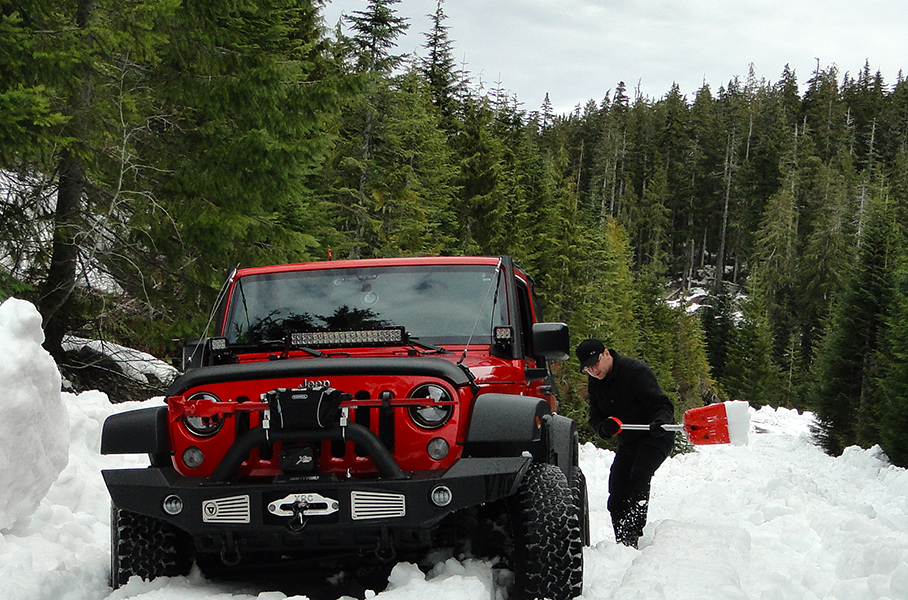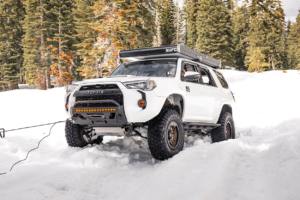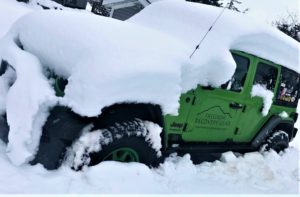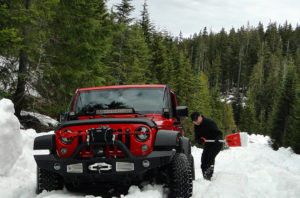When off-roading or venturing into the wilderness, encountering challenging terrains and unpredictable situations is part of the adventure. However, getting stuck or facing a vehicle breakdown isn’t as enjoyable, especially if you’re unprepared. This is where recovery gear comes into play. Yet, not all recovery equipment is made equal. Understanding and choosing properly rated recovery gear is paramount, ensuring not only a successful recovery but also the safety of everyone involved.
Decoding the Ratings: What Do They Mean?
Recovery gear comes with various ratings, such as the Working Load Limit (WLL), Minimum Break Strength (MBS), or Minimum Tensile Strength (MTS). These are indicators of the maximum force or tension a piece of equipment can handle.
- Working Load Limit (WLL): This is the maximum force or tension a recovery tool or accessory can safely handle during regular use. It’s a fraction of the MBS, incorporating a safety margin.
- Minimum Break Strength (MBS) or Minimum Tensile Strength (MTS): The minimum force required to break the equipment under a direct pull. This is a crucial measure of the tool’s strength.
Why Proper Ratings Matter?
- Safety First: Under-rated gear can snap under tension, becoming a lethal projectile and endangering lives. Correctly rated gear ensures safety during intense recovery operations.
- Cost Efficiency: Overloading can reduce the lifespan of recovery gear. Using properly rated tools minimizes wear and tear, leading to long-term cost savings.
- Successful Recovery: The last thing you want during a recovery operation is a tool that fails. Properly rated gear ensures that the job gets done efficiently and effectively.
Choosing the Right Gear: Tips and Considerations
- Evaluate Your Vehicle: Your vehicle’s weight is an essential factor. Recovery gear rated well above your vehicle’s Gross Vehicle Weight (GVW) is recommended.
- Consider the Terrain: Different terrains, be it mud, sand, or snow, present varied challenges. Ensure your gear is rated appropriately for the conditions you’ll most frequently encounter.
- Quality Over Price: While it might be tempting to go for cheaper alternatives, never compromise on the quality of recovery gear. Investing in well-rated, high-quality equipment can be a life-saving decision.
- Continuous Learning: Just as important as having the right gear is knowing how to use it. Attend workshops or training sessions on recovery techniques and gear usage to enhance your skills.
In Conclusion
Venturing off the beaten path is exhilarating, but it comes with its fair share of challenges. Properly rated recovery gear is an adventurer’s best friend in times of distress, ensuring both success and safety. Remember, while ratings provide guidelines, they must be paired with good judgment and adequate knowledge. So, before you hit the trails again, take a moment to review your recovery gear, check those ratings, and gear up responsibly. Safe travels!








Leave a reply